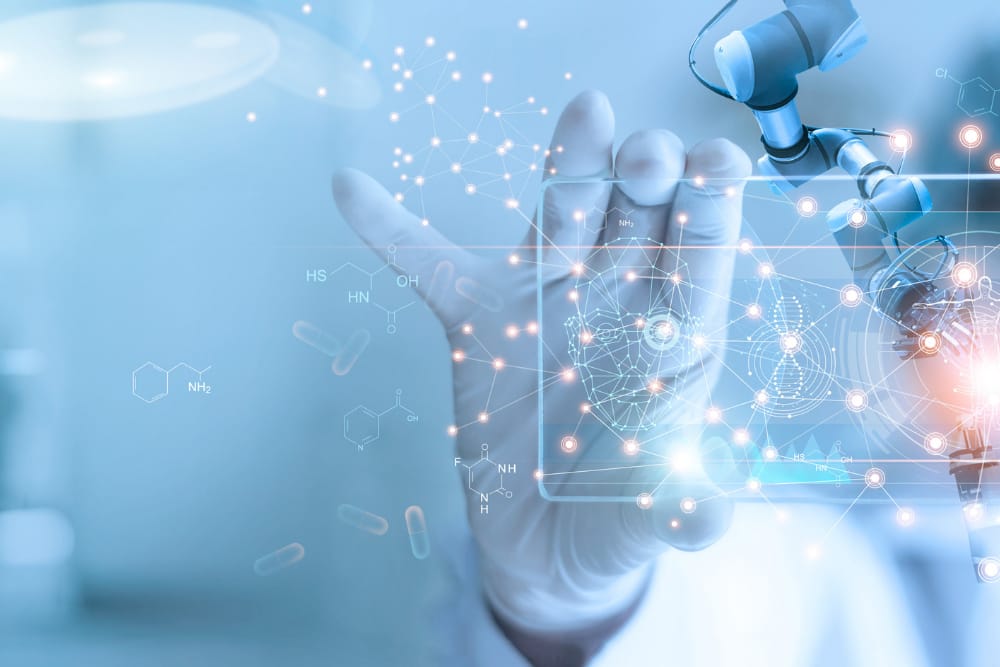Ashwyn Sharma, a research scientist with experience developing AI solutions at Salesforce and Meta, leads the AI initiative at Cadence, focusing on developing solutions that save clinicians time, enhance patient monitoring, and improve clinical documentation. In this Q&A, he discusses generative AI’s potential to drive efficiency in healthcare by automating administrative tasks like insurance documentation, patient scheduling, and clinical conversation understanding, as well as the future, which could bring clinical decision support tools and even AI “doctors.”
How have recent advancements in Generative AI evolved in healthcare, and what notable improvements are here already or on the way?
Generative AI in healthcare is a game-changer. We are seeing healthcare teams experiment with a host of different applications. Ambitious projects, like clinical decision support and AI doctors, are certainly high value but also high risk. They require rigorous clinical validation and are longer term solutions.
On the other hand, shorter term projects include automating administrative tasks like insurance documentation, patient scheduling, and clinical conversation understanding. These are high value but lower risk and are therefore already seeing widespread adoption due to their immediate impact and ability to make clinician workflows more efficient. Additionally, the surge in publicly/commercially available pre-trained language models tailored for the medical domain has accelerated the advancement of these kinds of projects.
How specifically does AI technology impact remote patient monitoring?
In AI, embeddings are essentially a way to transform complex, varied data into a simpler, more uniform format that a computer can easily understand and work with. In the context of healthcare, patient embeddings condense all the diverse and detailed information about a patient’s health into a compact, digital form. This embedding still captures the key characteristics and patterns of the patient’s health status, but in a way that AI algorithms can quickly and effectively analyze. It is like creating a miniaturized digital version of the patient’s health profile.
Foundation models have revolutionized RPM by enabling the integration of frequent vital signs with patient embeddings – a vector-space representation of a patient’s multimodal medical record. This integration allows for a more accurate modeling of a patient’s health state, leading to better risk stratification and outcome prediction. By analyzing high-frequency vitals data in conjunction with EMR systems, AI-driven RPM systems can detect health issues early, personalize care plans, and thus improve patient outcomes while reducing hospital admissions and readmissions.
The healthcare system is grappling with a significant shortage of clinicians and the challenges of burnout. Can Generative AI help alleviate these issues?
Generative AI can play a significant role in alleviating clinician shortages and reducing burnout. For several examples, it can parse lab results and medical reports, reconcile medications, locate patient charts, and enhance information retrieval from medical records. By automating these tasks, AI reduces the time clinicians spend on this kind of administrative work, thereby allowing them to focus more on patient care. This not only improves the efficiency of healthcare delivery but also can help alleviate the stress and burnout experienced by clinicians due to excessive administrative-focused workload.
How are you using Generative AI to analyze test results more efficiently?
At Cadence, we have pioneered using pre-trained transformer models for clinical QA tasks, specifically for analyzing test results. By fine-tuning these models on a custom dataset of annotated echocardiogram reports, we have saved more than 1,500 clinician hours in the past year by reducing the time they used to spend navigating EMRs. This allows clinicians to focus more of their time on delivering care. We also improved the prompt sensitivity of the QA models by 90%, enabling them to effectively handle diverse ways of asking the same question. EMR integration, clinician feedback, and transparency have made this process less error-prone and efficient. You can read more about the system we developed in this recent research paper.
What is the advantage of using Generative AI to predict vitals and create clinical alerts? How does it help clinicians and patients?
AI systems excel at predicting vitals and generating clinical alerts due to their ability to process vast amounts of data and identify patterns undetectable by humans. Traditional alert systems rely on fixed thresholds and are not tailored to reflect the unique circumstances of each patient. By combining patient embeddings with historical trends, Cadence’s patented system can establish personalized baselines for each patient and alert clinicians when vitals deviate from these baselines. This capability is crucial for timely decision-making and improved monitoring, especially for patients with chronic conditions which require continuous and ongoing monitoring over time.
How can healthcare organizations utilize Generative AI to augment clinical documentation?
Healthcare organizations can leverage Generative AI to significantly enhance clinical documentation. The technology can automate extracting information from unstructured data sources, transcribe physician notes, code diagnoses, and generate encounter summaries. This results in more accurate medical records, streamlined billing processes, and more time for clinicians to provide direct patient care as opposed to handling these previously time-consuming administrative tasks.
Additionally, in situations like patient or nurse handoffs, this technology ensures continuity of care by summarizing visits accurately. Our top-ranking submissions to the MEDIQA-Chat @ ACL 2023 and the MEDIQA-Sum @ CLEF 2023 shared tasks are a testament to the potential of Generative AI in augmenting clinical documentation.
The Editorial Team at Healthcare Business Today is made up of skilled healthcare writers and experts, led by our managing editor, Daniel Casciato, who has over 25 years of experience in healthcare writing. Since 1998, we have produced compelling and informative content for numerous publications, establishing ourselves as a trusted resource for health and wellness information. We offer readers access to fresh health, medicine, science, and technology developments and the latest in patient news, emphasizing how these developments affect our lives.









